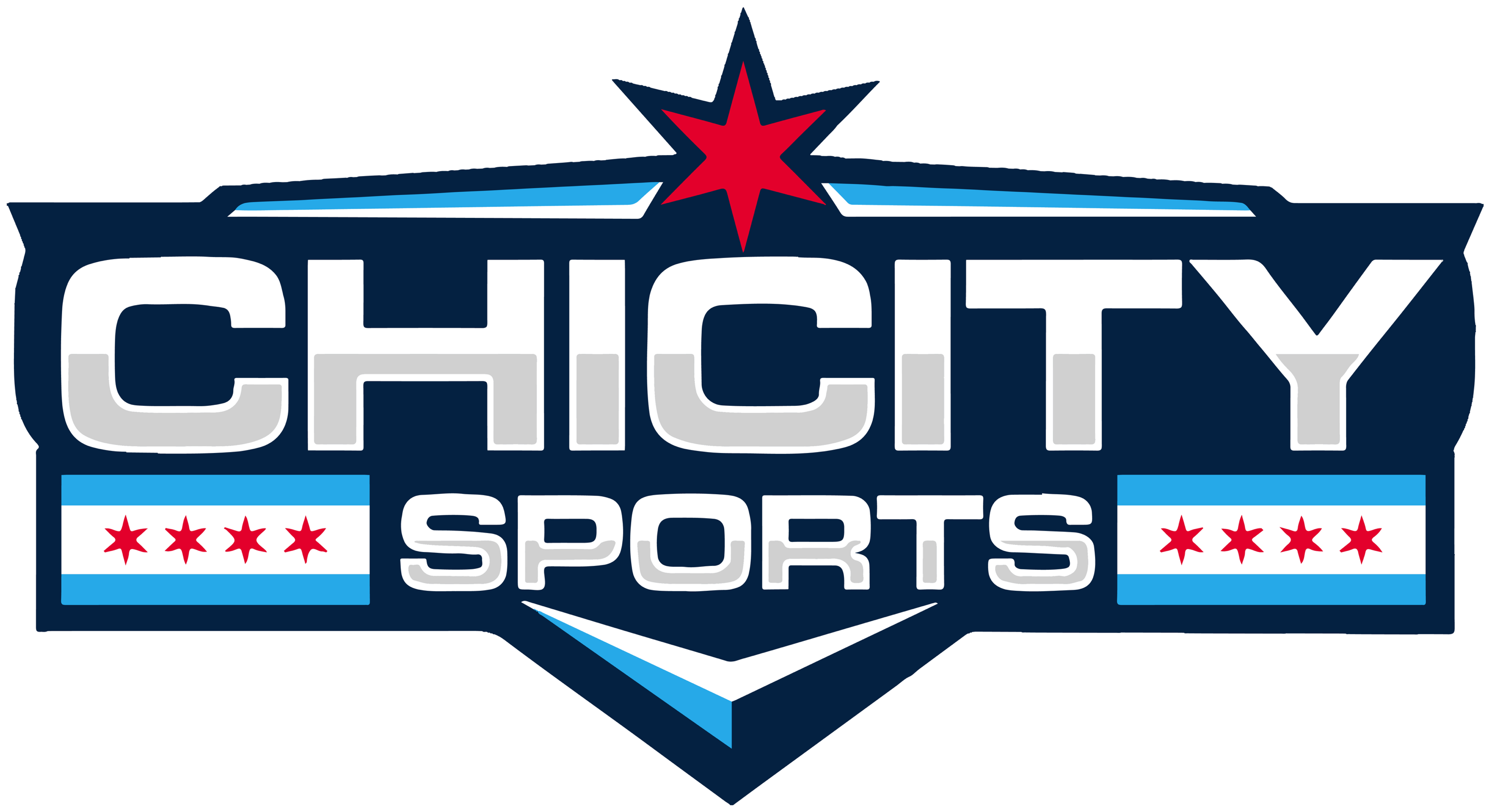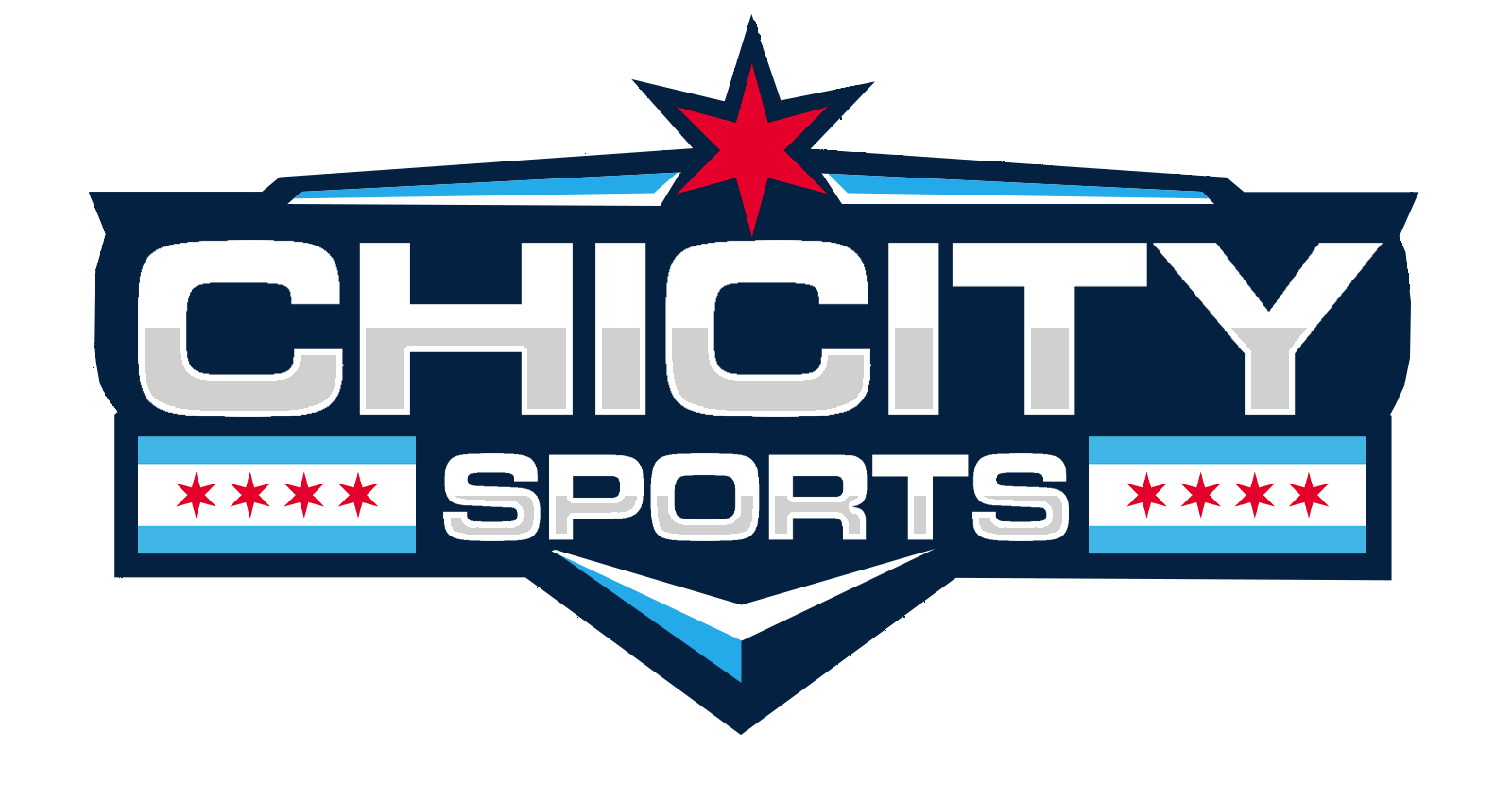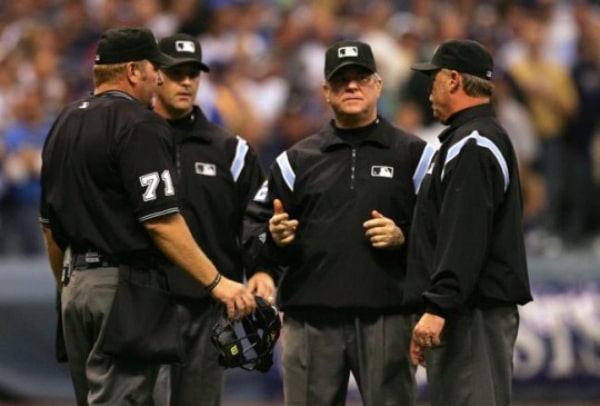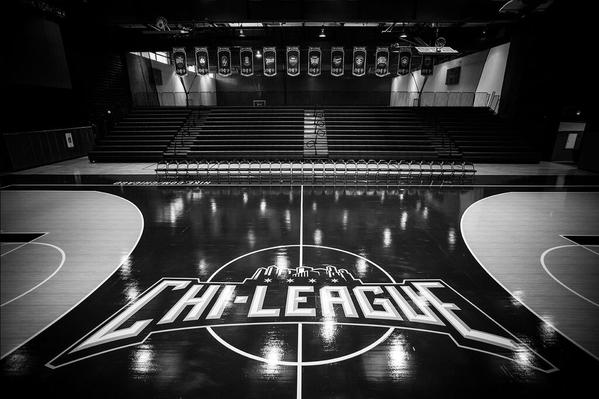There have been objectively incorrect calls from umpires since the beginning of baseball. The number of blown calls across Major League Baseball now in comparison to the rest of the sport’s history isn’t better or worse, but our society’s endless coverage of the sport ensures that we specifically hear about each and every one. The more people see the calls, the more people clamor for reform. It starts to feel like an epidemic, even when it really isn’t.
Baseball tolerated blown calls. For a long time, baseball tolerated them. Fans tolerated them, and continued to tolerate them even when they were huge calls –like Game 6 of the 1985 World Series between the St. Louis Cardinals and the Kansas City Royals:
Just like the ever-changing strike zone, these blown calls were always considered part of what made baseball the game that it was: “It’s just part of the game.”
But when Jim Joyce botched the 27th out of Detroit Tigers pitcher Armando Galarraga’s perfect game in June 2010, the advocates of replay had their poster child. The technology was there, other sports had successfully implemented replay, and no one ever wanted to see another call like the one that cost Galarraga. Suddenly, all the calls from baseball’s past that we all were willing to tolerate became mountains of evidence arguing the need for the implementation of replay.
And just like that, everyone stopped being willing to tolerate them.
And for the 2014 regular season, there it was, in all its well-meaning glory. Sure, detractors complained that replay was going to make an increasingly long sporting event even longer, but also failed to recognize the time that would ultimately be saved by managers not arguing blown calls. And for a while, replay was looking like nothing but a total success –outside of the total debacle concerning catchers blocking home plate.
Now, the novelty has begun to wear off.
That isn’t to say people are starting to believe that replay was a bad idea –it undoubtedly was not. Instead, just like the blown calls themselves, everyone is becoming unwilling to tolerate the holes in the replay system –holes that have begun to show themselves with an ever-increasing regularity.
But what is causing these holes? If you’re looking at the calls extra close, you’d imagine “getting them right” would be the least of your worries, but somehow, calls are still incorrect.
In the Los Angeles Angels game against the Arizona Diamondbacks on June 15, Albert Pujols was called out at first, but was clearly safe on the replay. Logically, it was close, but as far as replays go, it was conclusive.
But the call stood, and Pujols was called out.
Wait, really?
And herein lies the problem with replay: umpires (or whoever is in the “state of the art replay facility” making the judgment call) are taking the “it has to be 100% conclusive to overturn a call” way, way too literal.
The only possible (but still incorrect) reason Pujols could have been called out after the replay is that you don’t actually see the bottom of his foot come into contact with the base –despite all the surrounding physical evidence pointing to his foot being in full contact with it. To say that that call “stands” because it doesn’t show indisputable evidence is ridiculous, and insulting to the whole reason replay was implemented to begin with, which is to get the call right.
The nature of a replay request is that the team is telling the umpire; “We don’t trust your judgment on this call, please have someone else evaluate.” If something being “indisputable” is open to the judgment of the individual making the call (which, apparently, it is), then it would make more sense that the entire judgment be granted to that same individual, creating more of a “if you think there is a greater than 50% chance the call was wrong, then overturn it” scenario. The use of “call stands” (as opposed to “call confirmed”) should be reserved for those truly unique plays where even after multiple evaluations there’s just no way to move off the 50-50 guess. Instead, “call stands” is used every time the call is not “indisputable,” and gives the reviewers a catch-all go-to to avoid making the “wrong” call, thus allowing them to wash their hands of any real decision making.
It’s like playing scared.
If the purpose of replay is to get the call right, then why isn’t it all about playing the percentages? If it looks an 80% chance the runner is safe, then the call should be reversed, as opposed to letting the 20% chance allow the call to stand.
According to Baseball Savant, as of June 19, there have been 486 replay challenges so far this season; 231 have been overturned, so it isn’t like calls aren’t ever changed, but it’s not that anyone is blaming the umpires for getting the calls wrong. Replay isn’t a condemnation of the high-class job done by the umpires; it’s an acknowledgement that they’re human, and that they’re going to miss calls.
So please, Major League Baseball, when the folks in that “state of the art replay facility” are doing their thing, let them make the judgment. The entire judgment.
Abolish “call stands.”
For More Great Chicago Sports Content
Get the latest Chicago sports news, analysis, and breaking stories on the Bears, Bulls, Blackhawks, Cubs, White Sox, Sky, and more! Tap the star to add us to your favorites on Google News, so you never miss a story on your favorite Chicago teams.
Follow us on Twitter at @chicitysports23 for more great content. We appreciate you taking time to read our articles. To interact more with our community and keep up to date on the latest in Chicago sports news, JOIN OUR FREE FACEBOOK GROUP by CLICKING HERE




